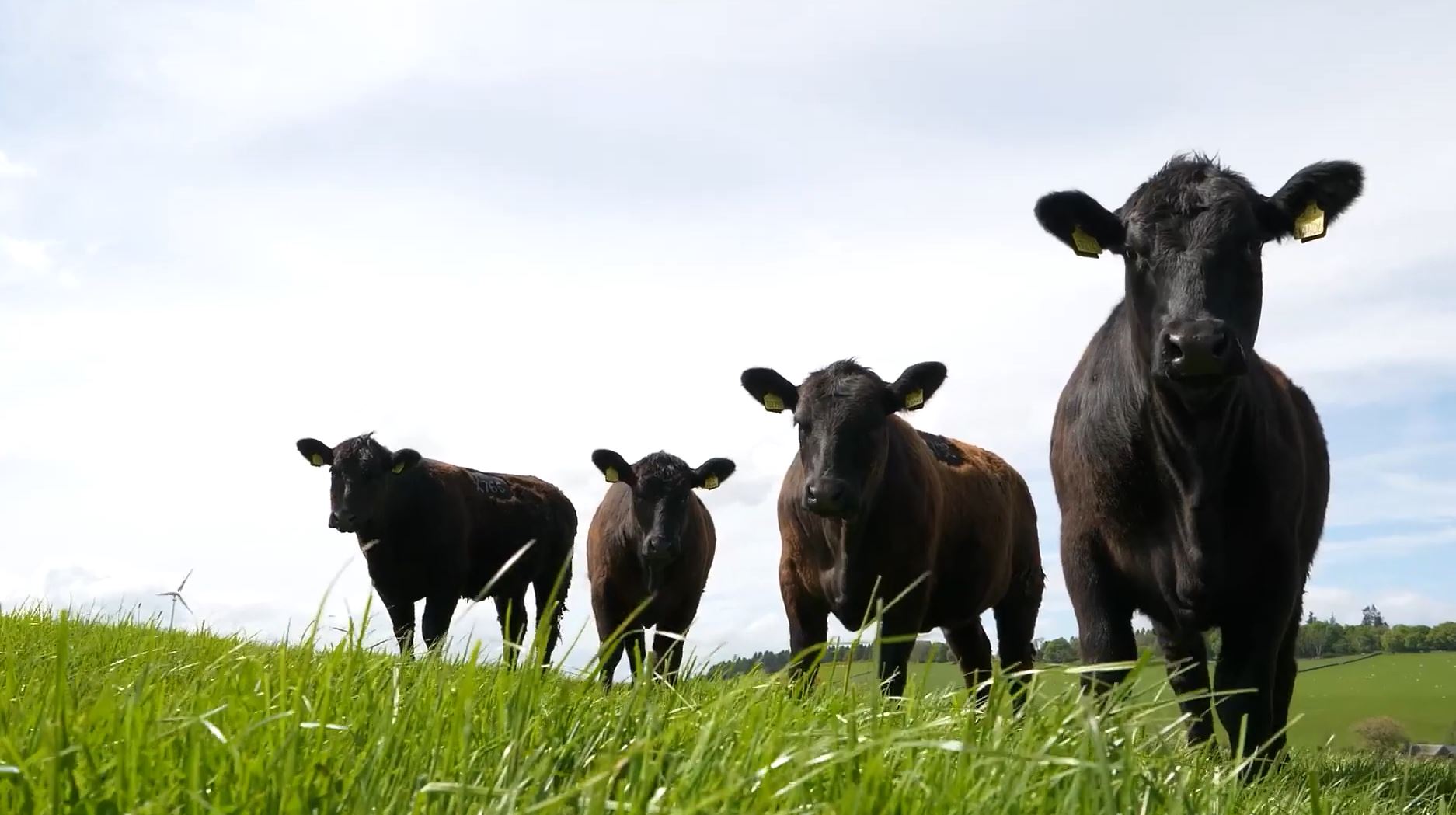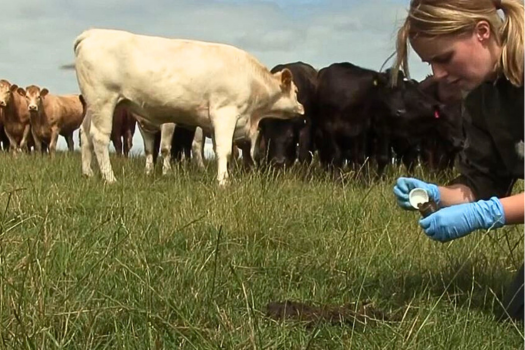Faecal Egg Counts (FEC) to Monitor Parasite Load
2 October 2023In a changing climate, the epidemiology of internal parasites affecting sheep and cattle is also changing, with outbreaks seen at unusual times of the year and novel pathogens expanding their geographical reach.

How Do We Monitor the Parasite Load of Livestock?
The gold standard test for monitoring the worm burden in live animals is faecal egg counts (FEC). This is a measure of the number of worm eggs per gram (e.p.g) of faeces. Quick and relatively cheap, FEC forms part of our parasite monitoring and control toolbox alongside body condition scoring, daily liveweight gain, and pasture management. The benefits of FEC include reduced frequency of worming by determining if treatment is required or not, along with consequent cost reductions, and time savings, in addition to supporting selection for anthelmintic resistance.
How Regularly Should I Do a Faecal Egg Count?
The parasite situation on your farm can change rapidly especially when it there is rain after a period of dry weather, and therefore FEC can rise quickly too. Ideally, FEC should be carried out every two to four weeks throughout the grazing season for sheep. As a minimum for cattle, FEC should be carried out two months after turnout, mid-season, and late season for cattle in their first and second grazing season. As well as checking for roundworms, FEC can be used from autumn onwards to monitor liver fluke infection.
The FEC Process
For an FEC, fresh faeces (i.e. collected within an hour of defecation – it should still be warm) should be collected from 10 randomly selected individuals per management group. Ideally each management group should be of the same age, and treatment history. Once collected, each sample should be placed in an individual air-tight plastic pot. For sheep approximately 3 g (8 – 10 faecal pellets) of faeces is needed, while about 40 g is required for cattle. Samples should be sent to the lab within 48 hours, although they will need to be refrigerated if there is any delay, to avoid eggs maturing into larvae. Even if a pooled sample, from separate individuals, has been requested, it is best to leave pooling to the lab to make sure that equal amounts of faeces from each sample are included. FEC can be done yourself with a microscope, FECPAK®, your vet, Responsible Animal Medicines Advisor (RAMA), or sent to a laboratory.
Anthelmintic or flukicide efficacy can be assessed by repeating the process after treatment of the group. The interval between treatment and retesting varies across drug classes.
| Drug Class | Interval Between Treatment and Post-Treatment FEC (Days) |
|---|---|
| 1-BZ, White drenches E.g., albendazole, fenbendazole, ricobendazole | 14 |
| 2-LV, Yellow drenches E.g., levamisole | 7 |
| 3-ML, Clear drenches E.g., ivermectin, doramectin, abamectin, eprinomectin, moxidectin | 14 |
| 4-AD, Orange drenches E.g., monepantel | 14 |
| 5-SI, Purple drenches E.g., derequantel | 14 |
| Triclabendazole (TBZ) (for fluke) | 21 |
Interpreting FEC Results
Care must be taken when interpreting FEC as low counts do not necessarily mean there are low numbers of worms present. A range of factors relating to both the parasite and the host can influence the FEC result. Different worm species have varying prolificacy and shedding rates, this means that to correctly interpret results knowledge of the species that are likely to be present on the farm at the time of year is necessary. For example, Nematodirus battus has poor egg laying capacity, and the presence of Fasciola hepatica in any quantity at all is significant. Only fertile adult female worms produce eggs, so it is entirely possible that pre-patent larvae are present and, in some cases, such as for N. battus and F. hepatica, deaths may be seen before FEC indicate a problem. Host age, diet (including feed intake), reproductive status, immunity levels and concurrent disease status also influence FEC.
Any reduction in FEC of less than 95% following treatment, providing best practice has been adhered to, may suggest drug resistance and warrants further investigation. Multi-drug resistance has been recorded in the UK, but resistance can vary by worm species and wormer group.
Your vet will be best placed to advise on the interpretation of FEC results on your farm.
Funding for FEC is Available
Funding worth £250 per option for faecal egg count (FEC) and efficacy testing for roundworms and liver fluke in cattle and sheep is currently available through the Preparing for Sustainable Farming (PSF) scheme.
Action Points
- Speak to your vet/RAMA about FEC in your herd/flock and PSF funding.
- Use FEC reduction testing to assist identification of anthelmintic or flukicide resistance in your herd/flock.
Sign up to the FAS newsletter
Receive updates on news, events and publications from Scotland’s Farm Advisory Service

